ednesday, May 21
Virgo the Maiden is draped across the southern sky late this evening, offering excellent views of a famous galaxy within its bounds: M104, also known as the Sombrero Galaxy.
Glowing at magnitude 8, this edge-on spiral is some 30 million light-years from Earth. It boasts a thin, dark dust lane that blocks light across its center, which has earned it the name Sombrero. This structure is best seen with a telescope, although the galaxy is bright enough to pick up as an oval-shaped glow even in binoculars. M104 is roughly twice as wide as it is thick, spanning 9’ by 4’.
The Sombrero lies near the border of Virgo and Corvus, a smaller constellation nestled just south of the Maiden. To locate the Sombrero, start at 1st-magnitude Spica, Virgo’s alpha star. Move about 11° due west and you’ll land right on this celestial hat. Alternatively, you’ll also find the Sombrero by moving 5.5° northeast of closer but fainter 3rd-magnitude Delta (δ) Corvi.
Sunrise: 5:40 A.M.
Sunset: 8:14 P.M.
Moonrise: 2:24 A.M.
Moonset: 1:56 P.M.
Moon Phase: Waning crescent (37%)
Thursday, May 22
The Moon hangs near Saturn and Neptune in the early-morning sky, and it’s best to catch them earlier rather than later. Try looking east 90 minutes before sunrise, where you’ll easily spot the crescent Moon in southwestern Pisces, below the Circlet asterism.
Just to the lower left of the Moon is 1st-magnitude Saturn, which stands out well in a region with few bright stars. Through a telescope, Saturn’s disk stretches 17”, while its rings — with their southern face now just visible, tilted less than 3° — span 37”. Titan, the ringed planet’s largest and brightest moon, lies about 1.3’ due west of Saturn this morning and should also be visible in your eyepiece.
Now, scan 2° northeast of Saturn — directly to the left on the sky — to find distant Neptune. The ice giant shines at 8th magnitude and spans just 2”, so it will look like a “flat,” dim star that may have a grayish or bluish cast.
Far to the trio’s lower left and still close to the horizon an hour and a half before sunrise is blazing Venus, shining at magnitude –4.5. We’ll check out this planet tomorrow morning, when the Moon has drawn closer for another lovely pairing.
The Moon will pass 3° north of Saturn at 2 P.M. EDT, then passes 2° north of Neptune at 5 P.M. EDT.
Sunrise: 5:39 A.M.
Sunset: 8:15 P.M.
Moonrise: 2:48 A.M.
Moonset: 3:09 P.M.
Moon Phase: Waning crescent (26%)

Friday, May 23
Let’s return to the morning sky, where the Moon is now situated between magnitude 1.1 Saturn and magnitude –4.5 Venus in the east an hour before dawn.
If you were outside yesterday morning, you’ll note that the Moon is now a thinner crescent as it wanes toward New. Only its western limb is directly sunlit. But look for earthshine lighting up its shadowed face, as sunlight bounces off Earth to illuminate regions of the Moon already experiencing night.
Although Venus is unmissable even with the naked eye, use a telescope to observe it in more detail. The planet’s disk also appears as a crescent, now some 45 percent lit. That disk spans an impressive 26” in the sky, thanks to Venus’ proximity to Earth: It is currently just less than 5.9 million miles (9.4 billion km) from our planet, as our two worlds lie close to each other in their orbits around the Sun at this time.
The Moon will pass 4° north of Venus at 8 P.M. EDT tonight.
Sunrise: 5:38 A.M.
Sunset: 8:16 P.M.
Moonrise: 3:12 A.M.
Moonset: 4:23 P.M.

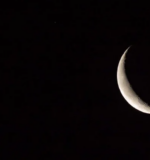
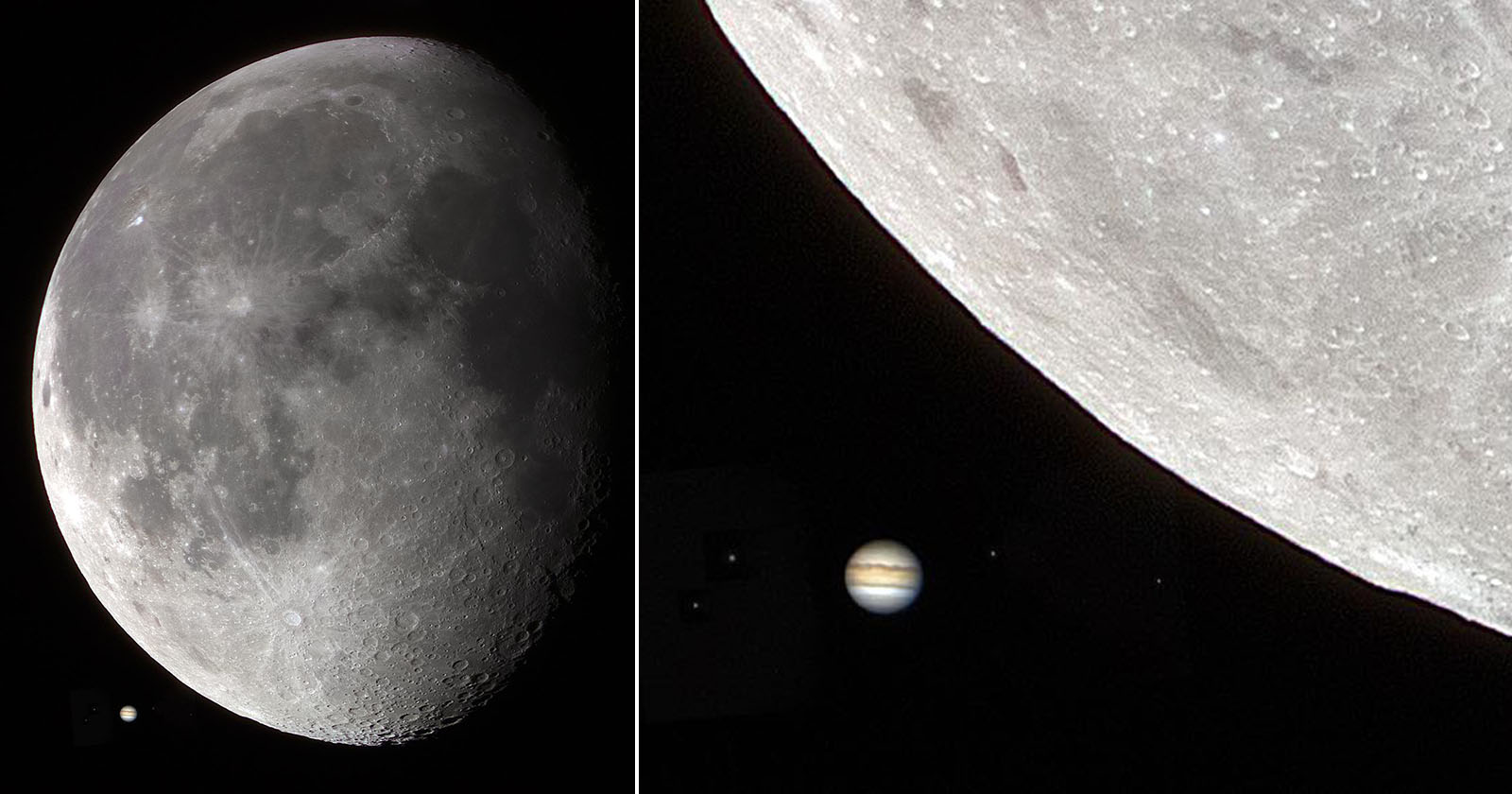
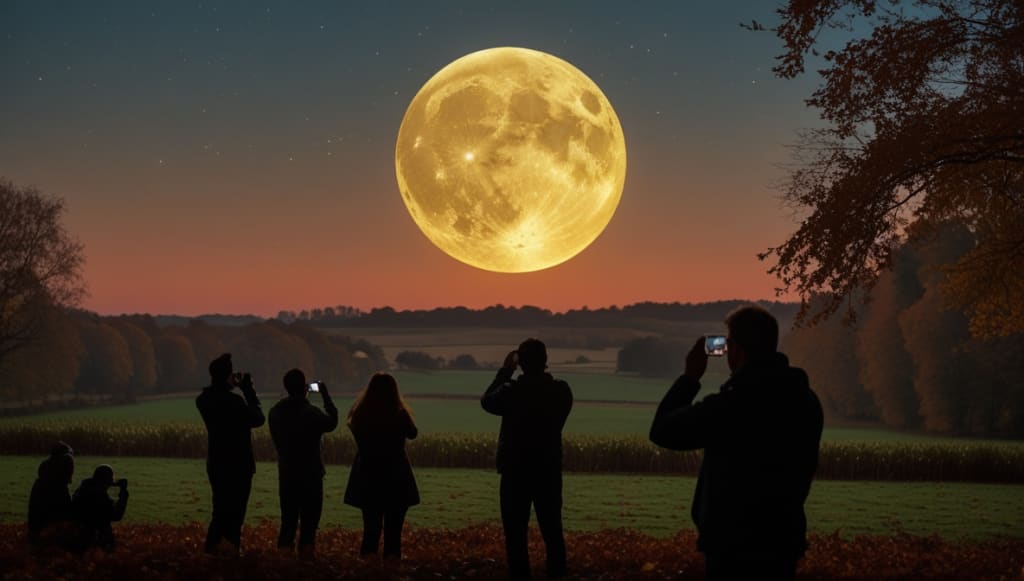
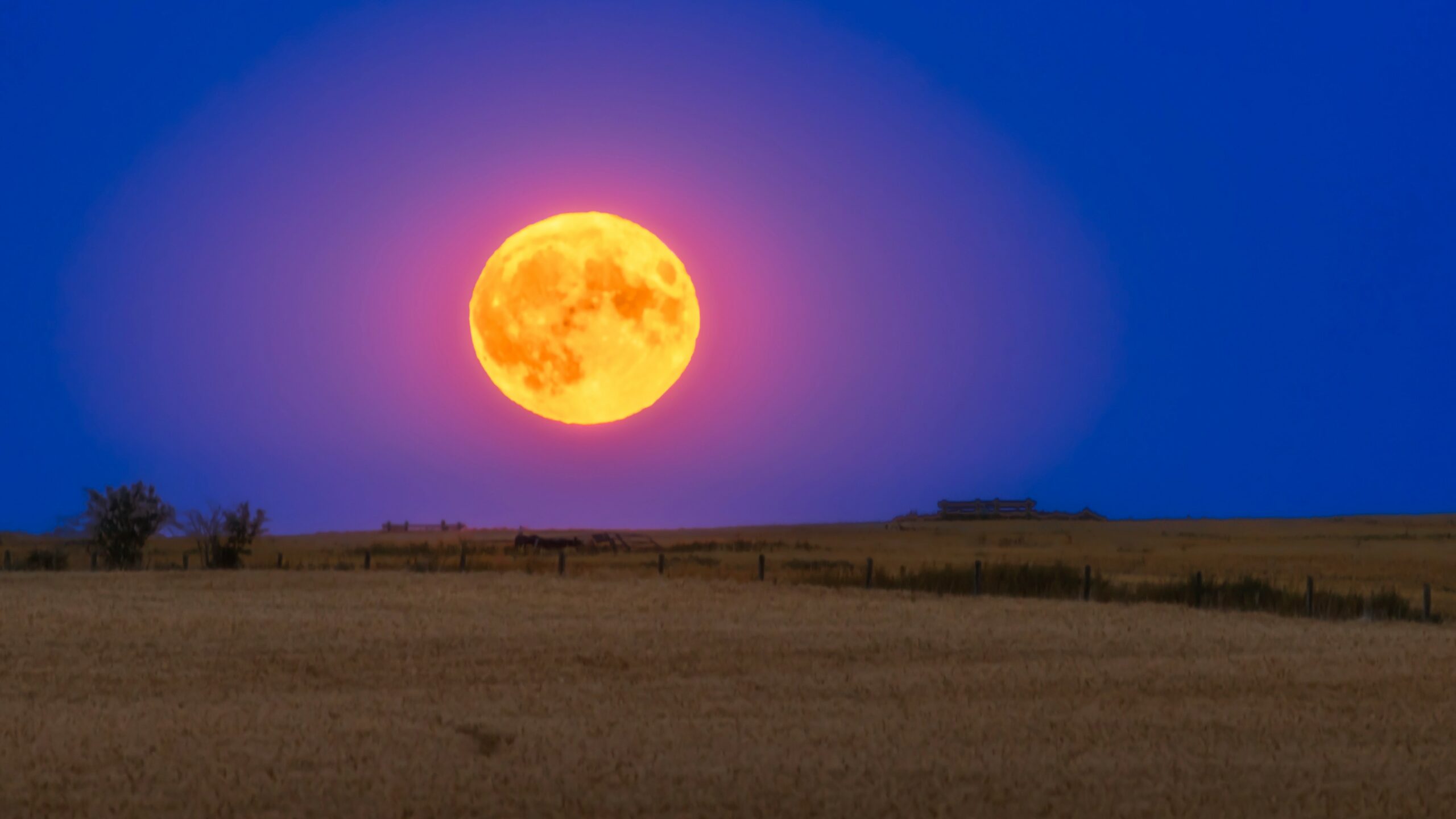
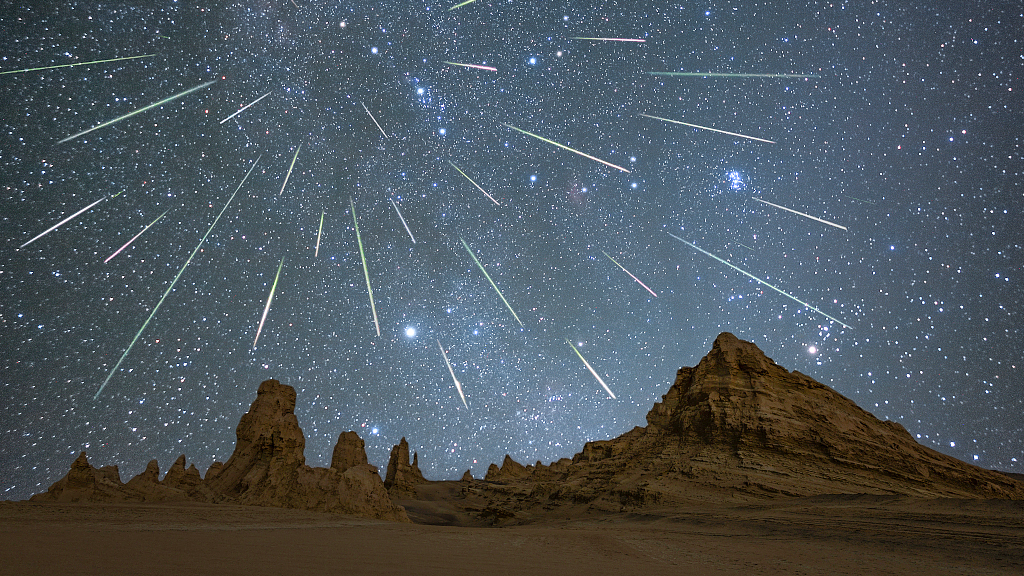
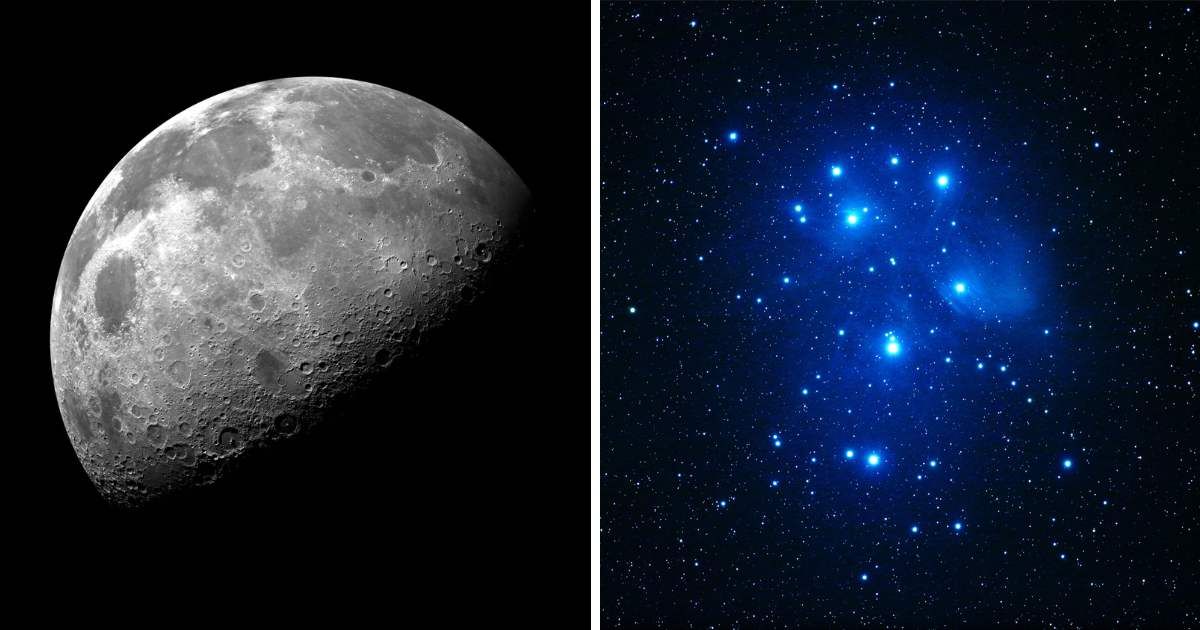
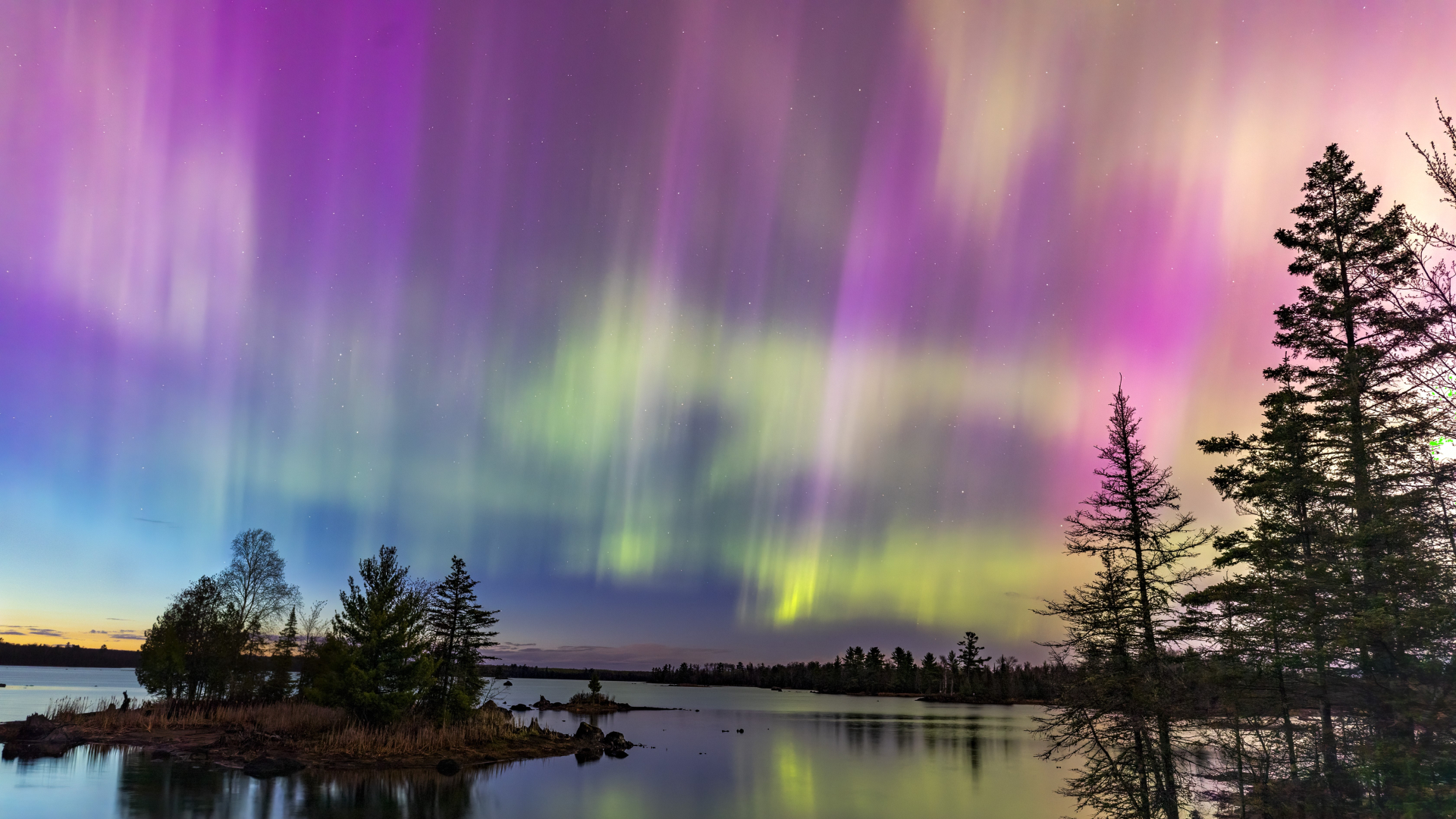
 Photographer Finds Locations Of 1960s Postcards To See How They Look Today, And The Difference Is Unbelievable
Photographer Finds Locations Of 1960s Postcards To See How They Look Today, And The Difference Is Unbelievable  Hij zet 3 IKEA kastjes tegen elkaar aan en maakt dit voor zijn vrouw…Wat een gaaf resultaat!!
Hij zet 3 IKEA kastjes tegen elkaar aan en maakt dit voor zijn vrouw…Wat een gaaf resultaat!!  Scientists Discover 512-Year-Old Shark, Which Would Be The Oldest Living Vertebrate On The Planet
Scientists Discover 512-Year-Old Shark, Which Would Be The Oldest Living Vertebrate On The Planet  Hus til salg er kun 22 kvadratmeter – men vent til du ser det indvendigt
Hus til salg er kun 22 kvadratmeter – men vent til du ser det indvendigt  Superknepet – så blir snuskiga ugnsformen som ny igen!
Superknepet – så blir snuskiga ugnsformen som ny igen! 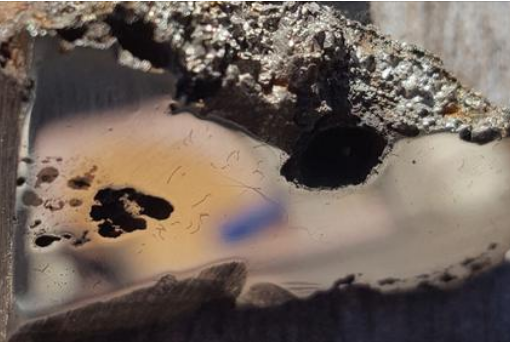 Meteorite That Recently Fell in Somalia Turns Out to Contain Two Minerals Never Before Seen on Earth
Meteorite That Recently Fell in Somalia Turns Out to Contain Two Minerals Never Before Seen on Earth  Nearly Frozen Waves Captured On Camera By Nantucket Photographer
Nearly Frozen Waves Captured On Camera By Nantucket Photographer 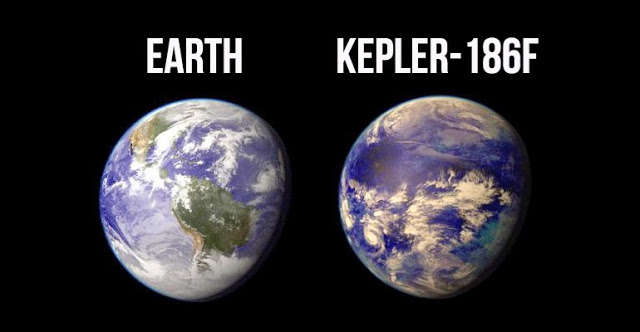 It’s Official: Astronomers Have Discovered another Earth
It’s Official: Astronomers Have Discovered another Earth 